About sheep and goat diseases
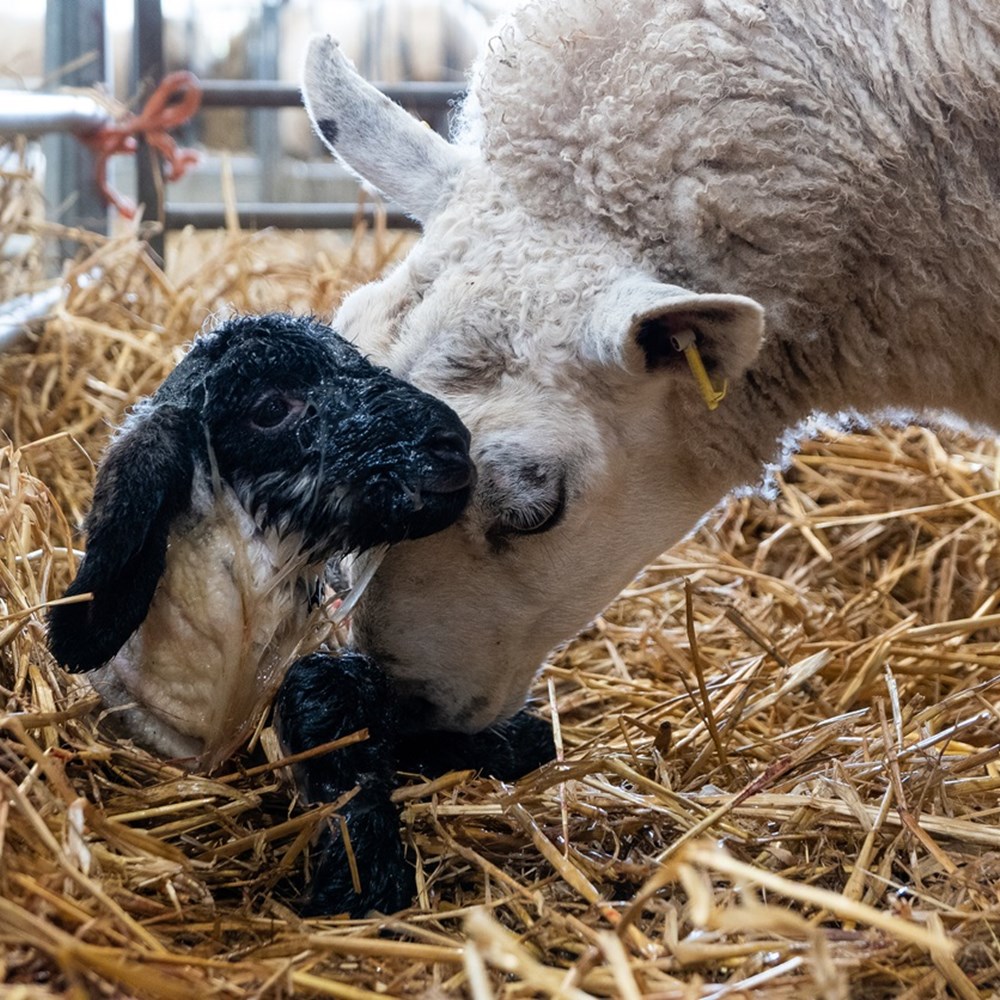
Common sheep & goat diseases that can affect your flock:
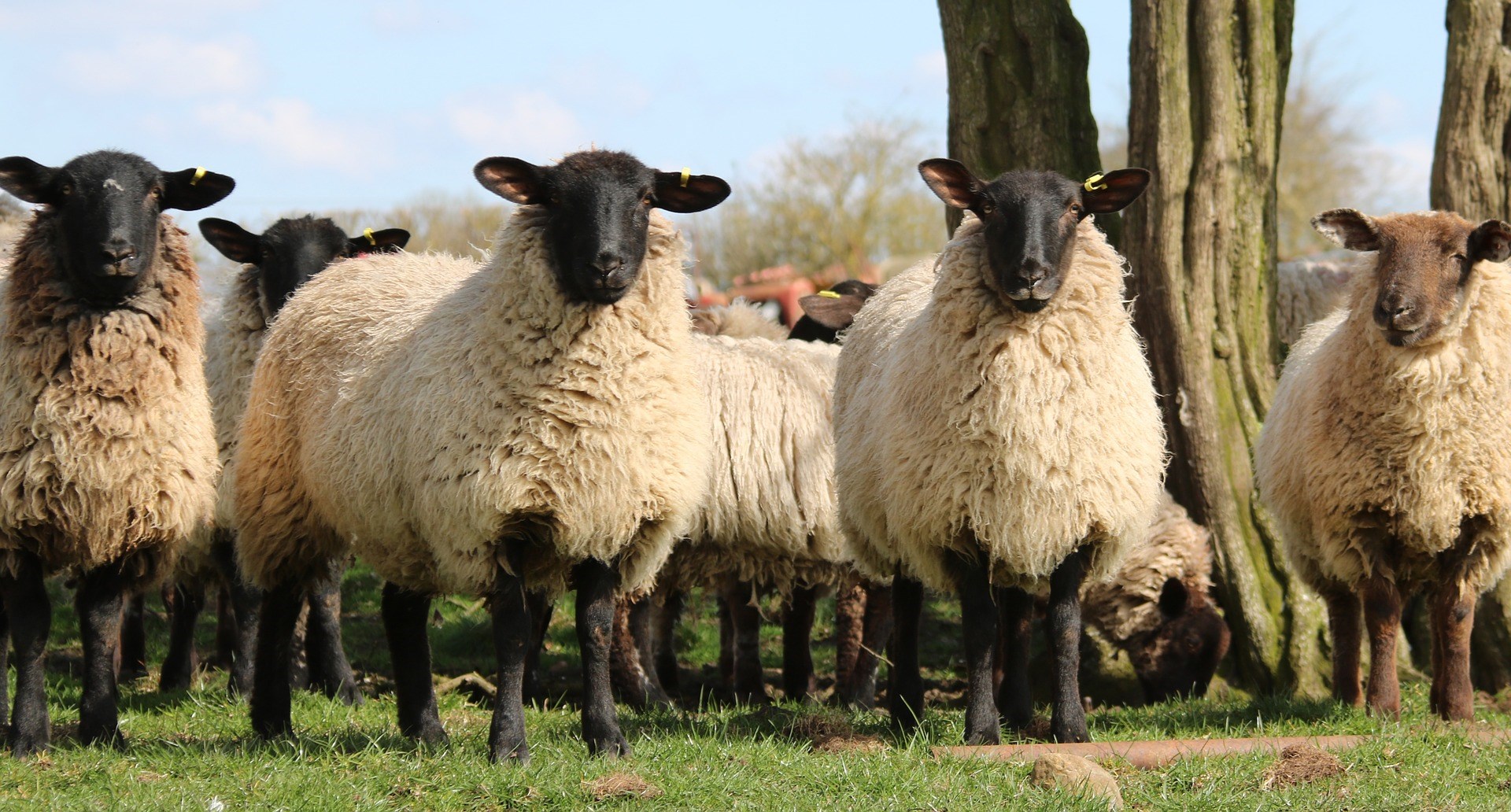
Maedi visna (MV) and caprine arthritis encephalitis (CAE)
MV is a viral infection with a long incubation period that spreads slowly within a flock. This means that, by the time a problem is suspected, a large number of sheep in the flock will give positive results when blood is tested for antibodies.
CAE lentivirus is closely related to MV and treated as the same disease for the purposes of our Premium Sheep & Goat Health Schemes.The disease primarily affects the joints and the brain, although the udder and lungs can also become infected. These conditions are highly infectious, difficult to diagnose on clinical signs alone, and there is no cure. In a survey in Britain, nearly five goats in every 1,000 sampled tested positive for CAE.
Disease is spread by close contact between sheep/goats, and via colostrum and milk. It can be transferred between animals on hands or on equipment, such as dosing guns. The virus survives for less than a week in the environment.
Ill thrift or an increased incidence of pneumonia or mastitis in adult animals can be the first signs of a problem. Low yields of colostrum and milk can result in increased losses of young, and poor growth rates. The flock may experience issues with arthritis, premature birth rates, reduced conception rates and a higher proportion of culling. The virus can affect the nervous system, and affected ewes may drag one hind leg and become increasingly uncoordinated.
Breeding replacements are best sourced from MV/CAE accredited flocks. Otherwise, screening added animals for antibodies to MV/CAE is recommended. It can take up to six months for antibodies to be produced following infection. In order to establish whether or not MV/CAE is present in a flock testing can be targeted to thin animals. Offspring born to MV/CAE-positive animals should not be kept as breeding replacements.
Learn more using the links below.
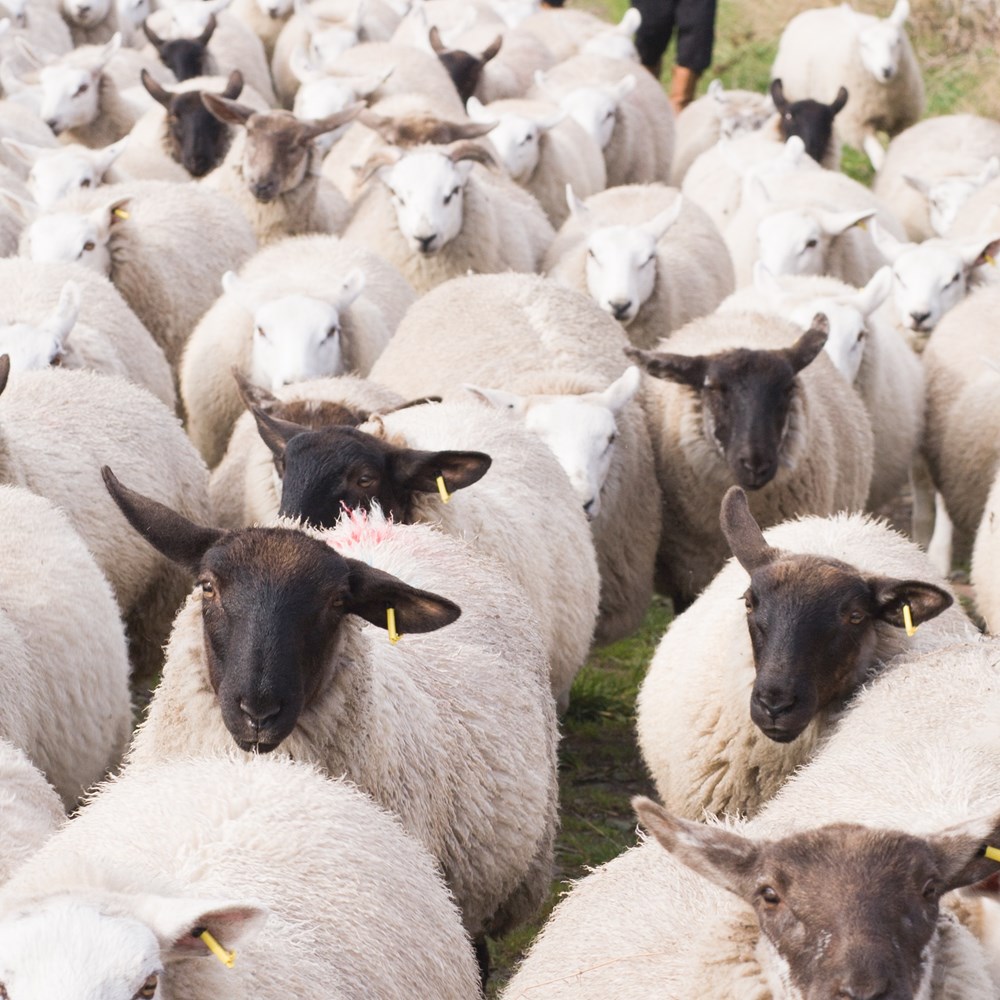
All about Maedi Visna (MV)
MV is a viral disease, found in most sheep producing countries and was introduced into the UK through imported sheep. The name derives from two Icelandic words which describe the main clinical signs of pneumonia and wasting – ‘maedi’ referring to shortness of breath due to the disease’s effect on the lungs and ‘visna’ meaning shrinking or wasting of the nervous system. The disease has a long incubation period, is highly infectious and is difficult to diagnose on clinical signs alone. There is no vaccine, no cure and it is ultimately fatal.
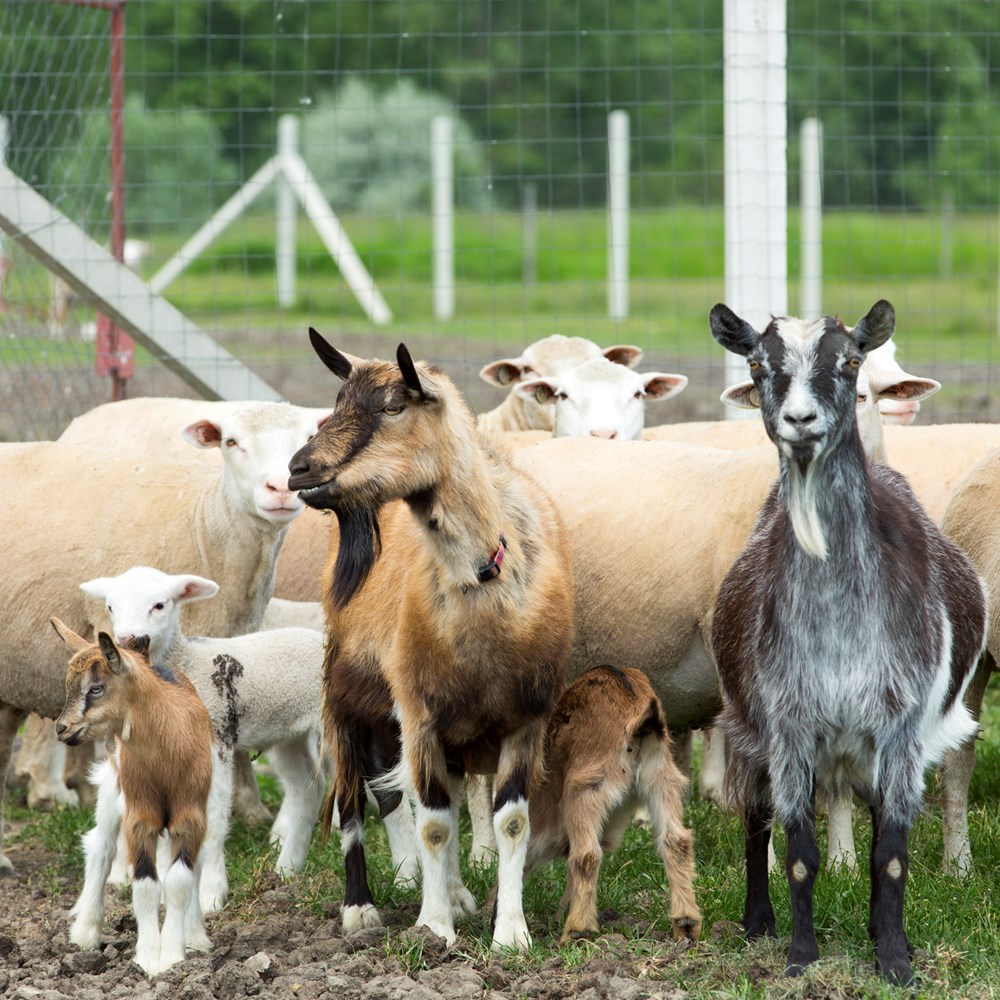
All about Caprine Arthritis Encephalitis (CAE)
CAE is a viral disease of goats. The CAE virus was first isolated in Britain in 1982. It is a disease of major importance in many parts of the world where it is recognised as a significant cause of economic loss to the dairy goat industry. The CAE lentivirus is closely related to Maedi Visna (MV) in sheep. The disease primarily affects the joints and the brain although the udder and lungs can also become affected.
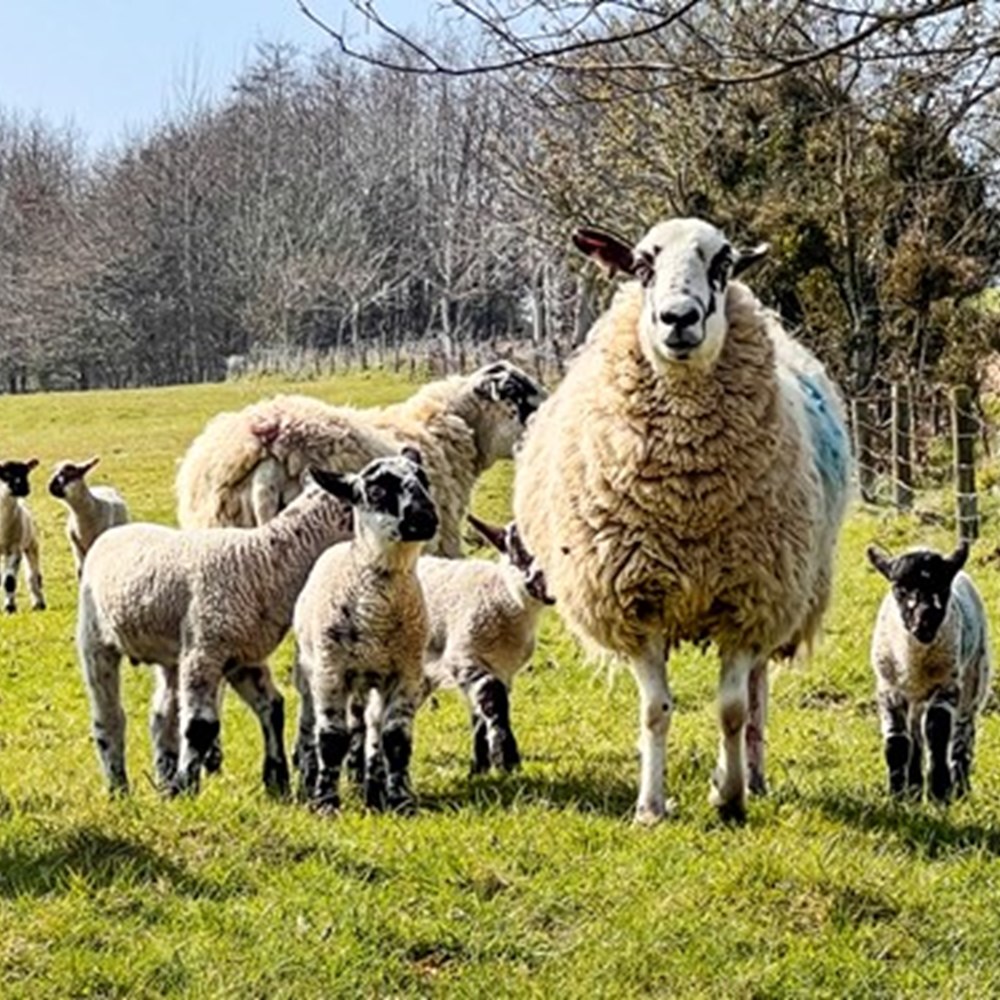
Watch our video on MV
Watch our video on MV for more information on this chronic viral disease in sheep.
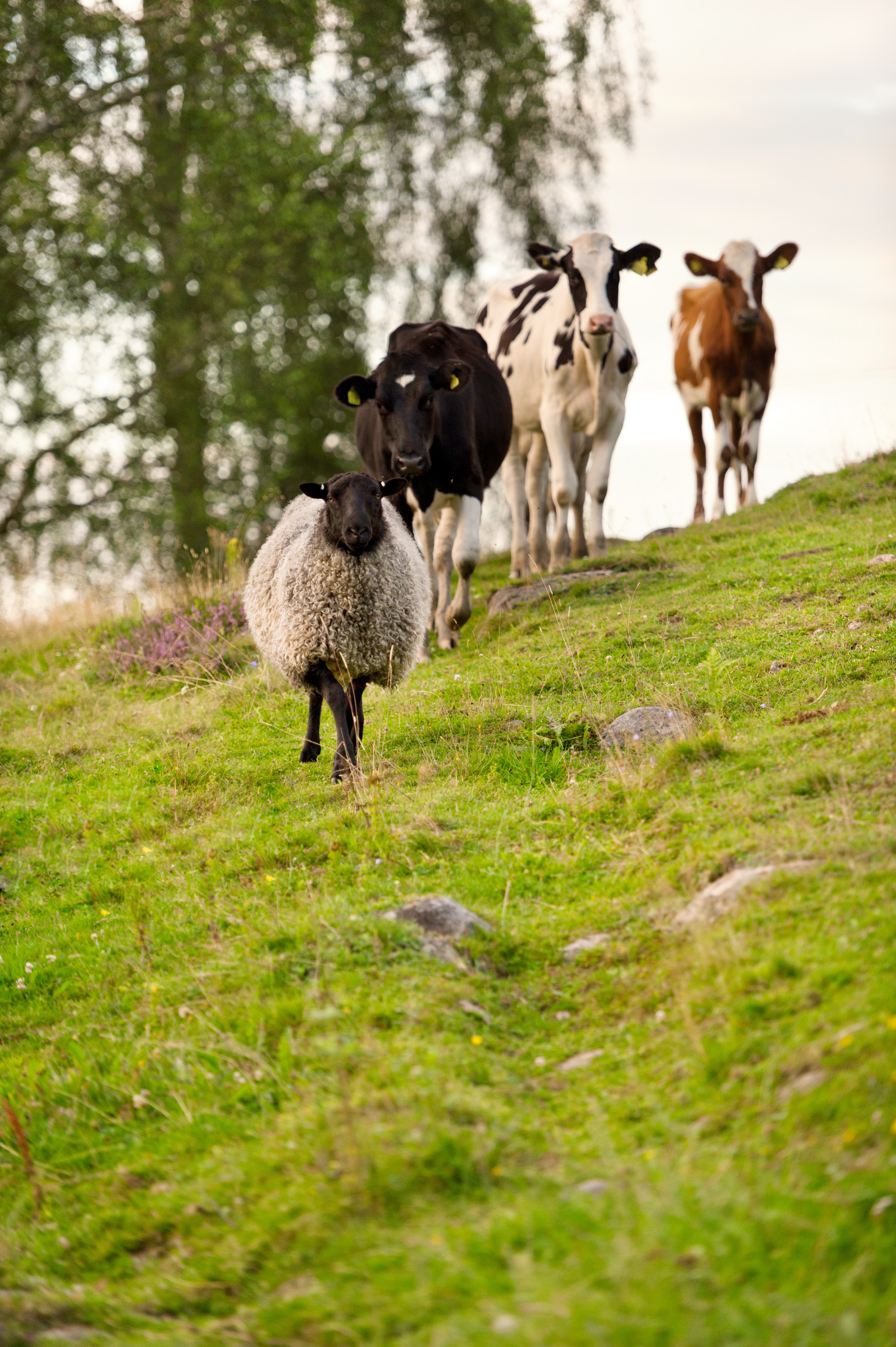
Johne’s disease
Mycobacterium avium paratuberculosis is the bacteria responsible for Johne’s disease in cattle, sheep and goats. Johne’s bacteria can be spread by wildlife, such as deer and rabbits. The bacteria can survive for many months on pasture.
Multiplication of this bacteria within the wall of the intestine causes damage that leads to protein loss and ill thrift. Affected animals remain bright with a good appetite but will progressively lose condition until they die or are culled. Diarrhoea can occur but is much less common in sheep and goats than in cattle. Bottle jaw (swelling under the jaw) may be seen in the later stages.
The disease has a long incubation period, extending from months to years. Young animals are most at risk of infection, but symptoms may only develop several years later. Infected, but apparently healthy, animals will periodically shed the Johne’s disease bacteria in their faeces. This contaminates the environment where the bacteria can survive for up to one year if the conditions are right. Depending on the strain type, sheep/goats can infect cattle and vice versa.
Screening healthy animals to confirm infection with Johne’s disease can be challenging. There is no perfect test for this disease, however, it is still worthwhile screening animals. The long incubation period means that repeated annual screening of a flock is required to prove freedom from Johne’s disease. Investigation of ill thriven animals is also important.
A vaccine is available, which will reduce (but not eliminate) the effects of Johne’s disease. However, vaccinated sheep will still test positive in the blood test. Where lambs born to Johne’s positive ewes can be identified they should not be kept as breeding replacements. In order to establish whether or not Johne’s disease is present in a flock testing can be targeted to thin ewes.
Learn more using the links below.
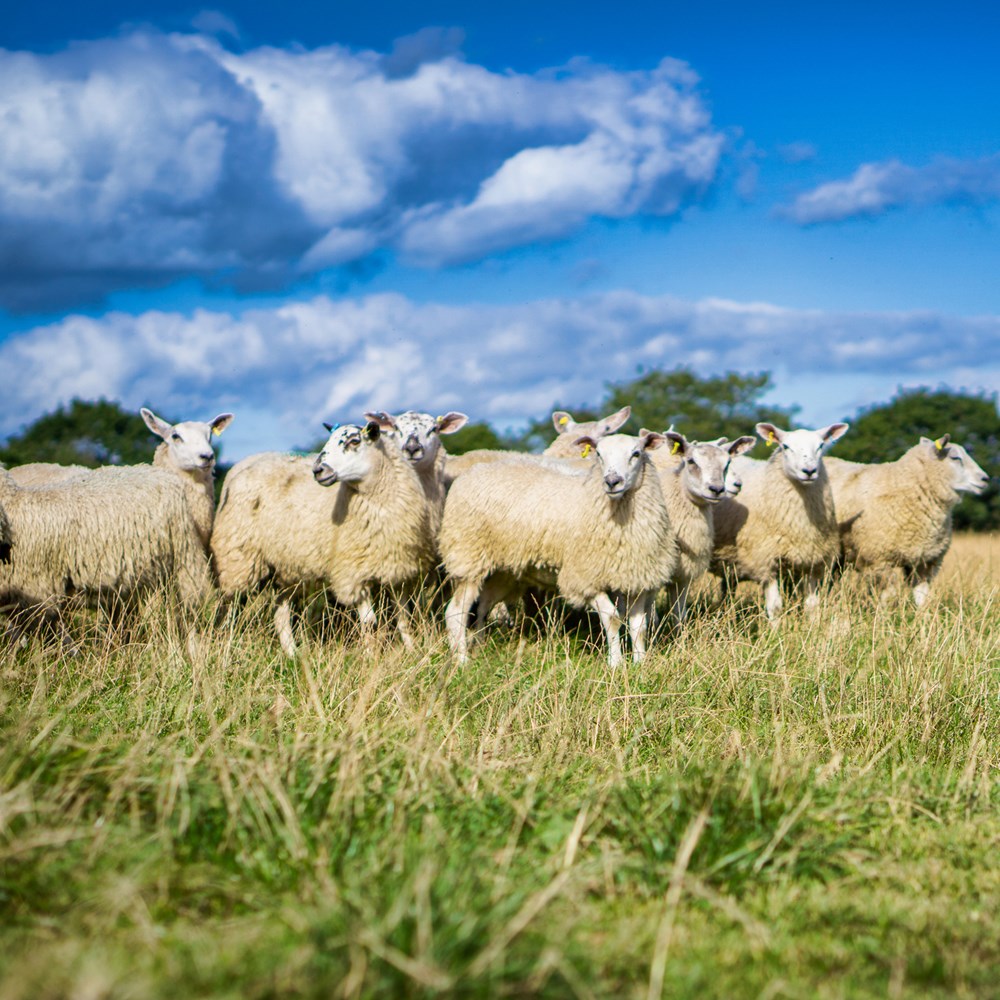
Johne's disease overview

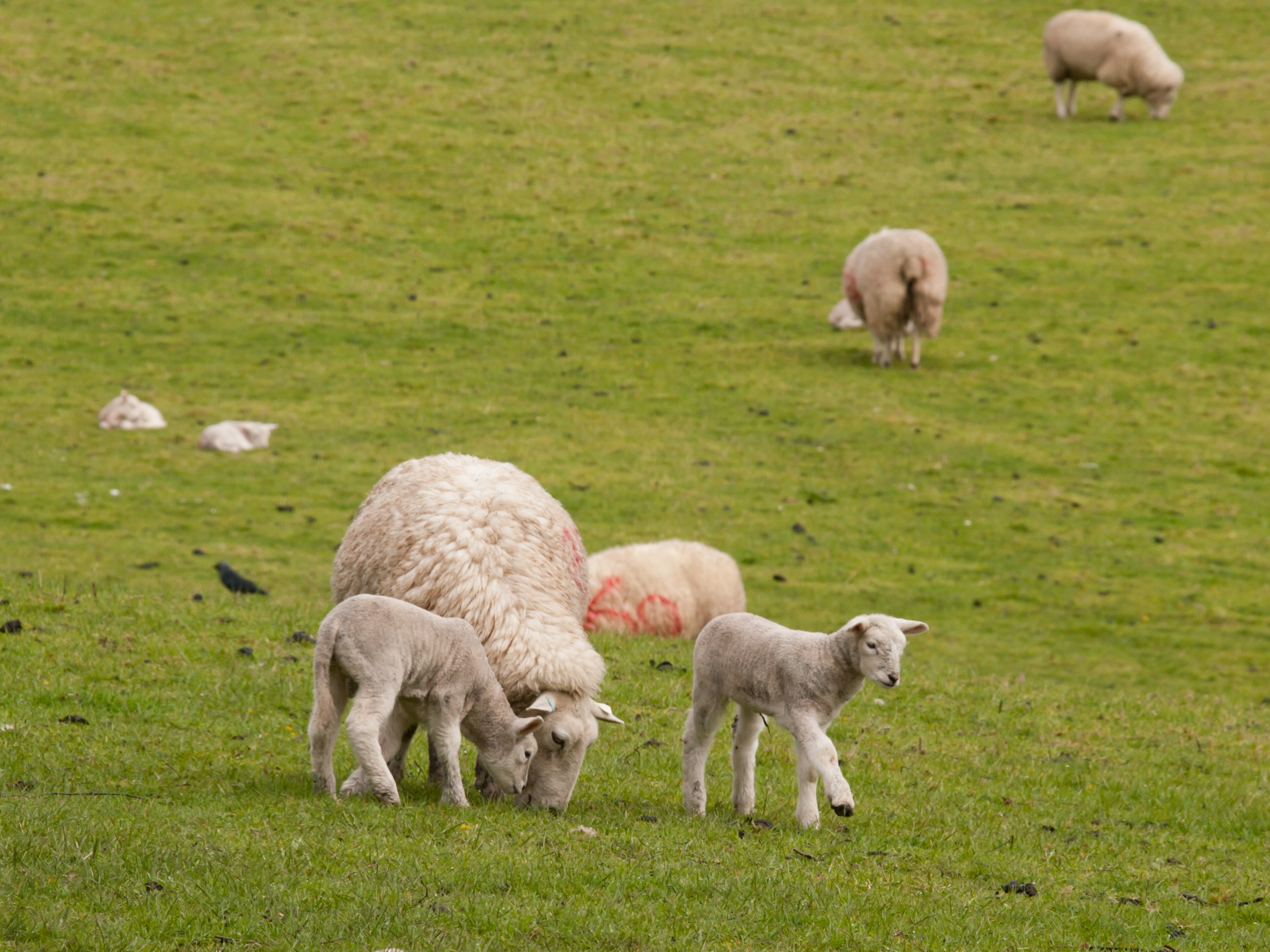
Enzootic abortion of ewes (EAE)
EAE is one of the most common causes of abortion in sheep in the UK. It is primarily a disease of low-ground flocks and can spread rapidly in intensively managed systems. Once established, the infection is persistent and difficult to eradicate. EAE is also a human health hazard, which can pose a serious threat to pregnant women.
Unfortunately it is a difficult disease to control. Infected ewes show no signs of ill health, so you could be buying in disease without realising. Animals that have been infected in one lambing season can abort on your farm in the following spring. It won’t be until lambing time, when it’s too late, that your ewes will either abort 2-3 weeks before lambing is due or give birth to weak non-viable lambs.
Following an abortion, ewes will lamb normally in subsequent years. However, these ewes are disease carriers and may infect their own lambs and any other sheep that they are in contact with.
A solution for farmers with EAE in their flock is to use a vaccination programme and buy in only EAE Accredited replacements.
EAE can cause abortion storms, leading to huge economic loss, estimated to be £15 million per year for the industry. A 5% abortion rate can reduce potential gross margin by 10%. Each ewe that aborts can represent a reduction in gross margin of £95.
Learn more using the link below.
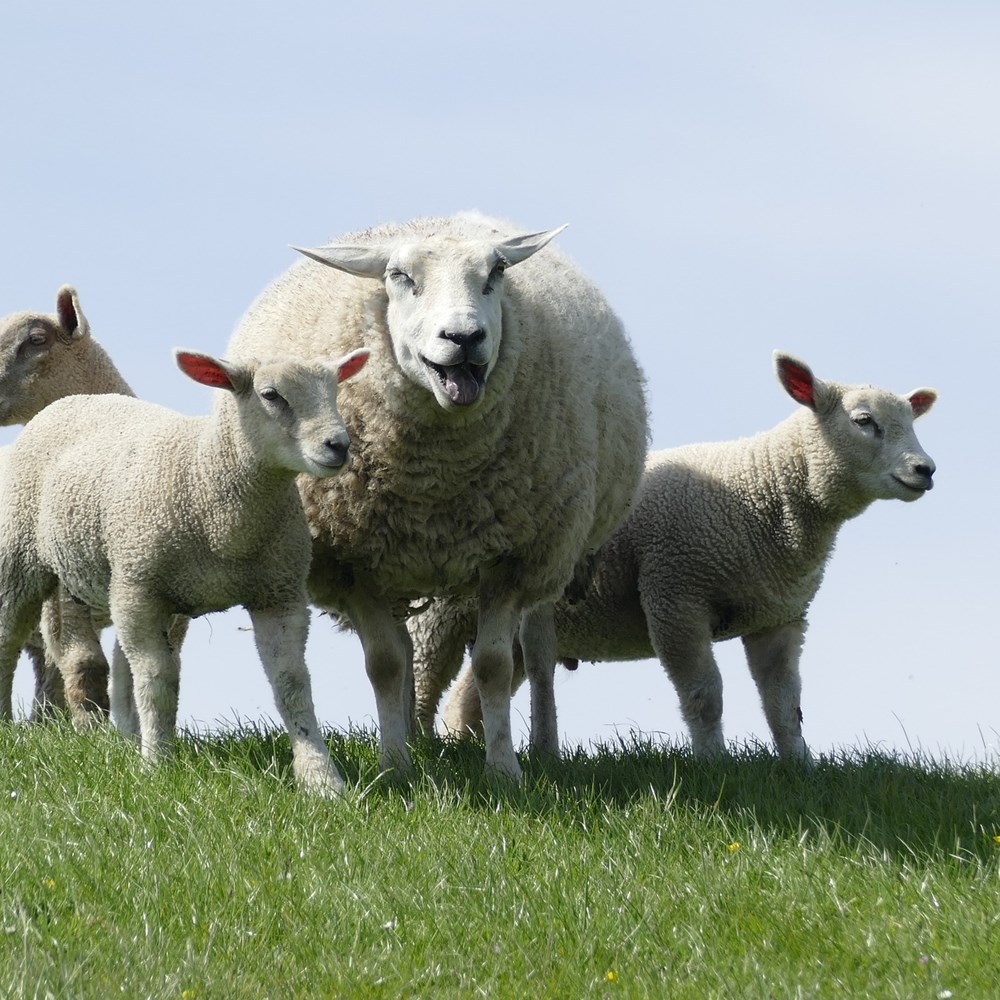
EAE overview
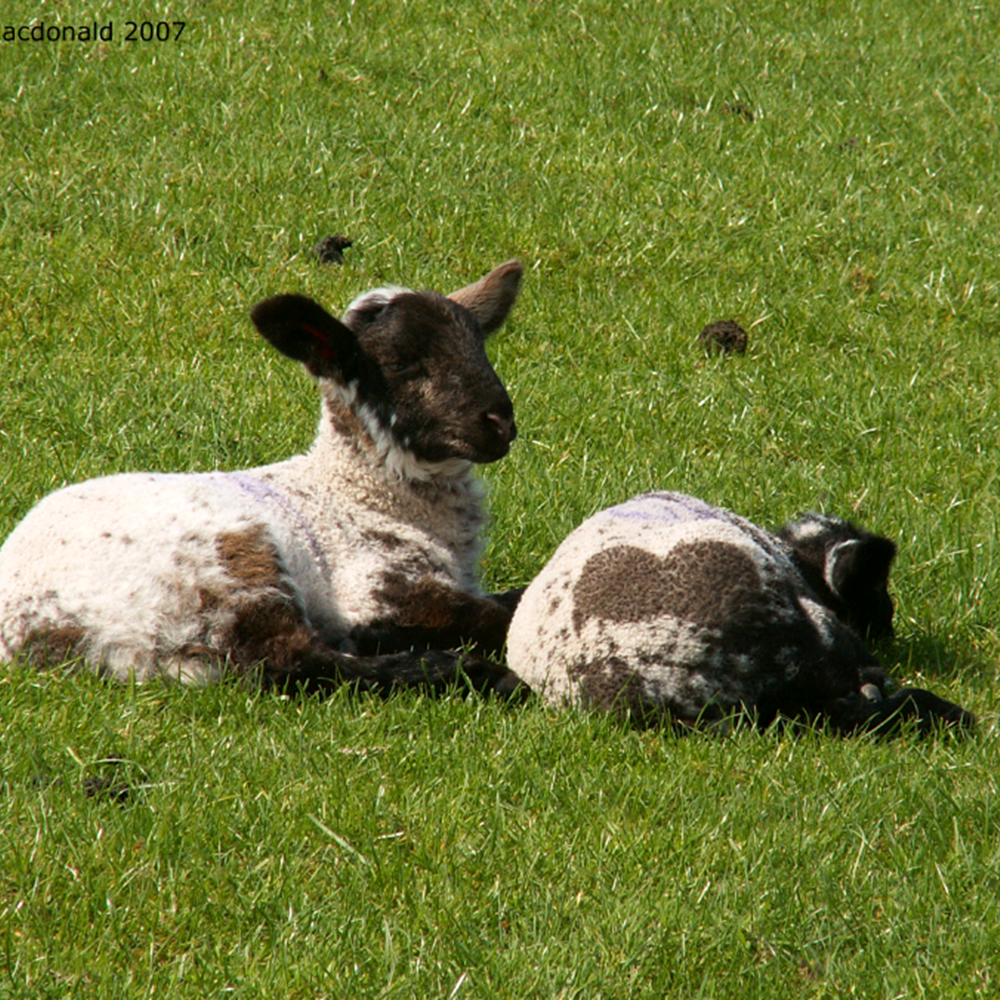
You might also be interested in:
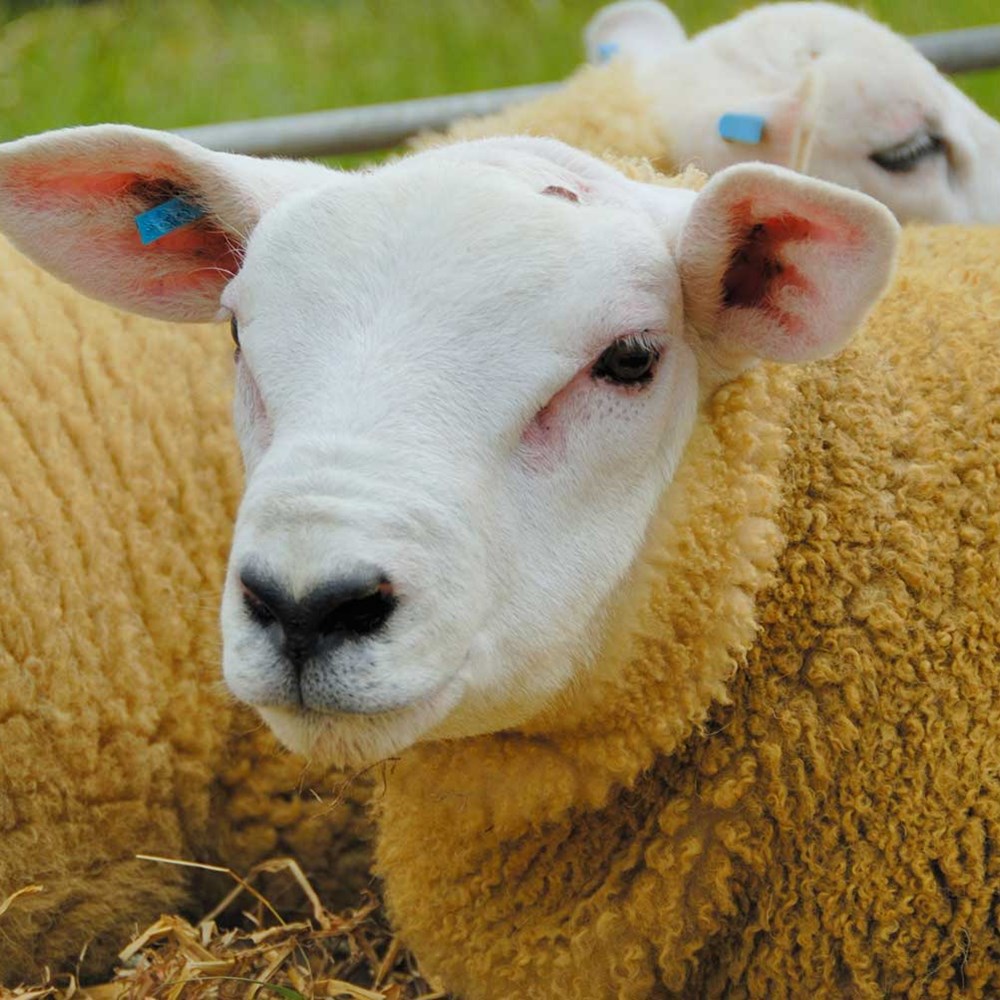
PSGHS member resources
Detailed information and forms you may need as a PSGHS member including scheme rules and guides, testing and submission forms, and price list.
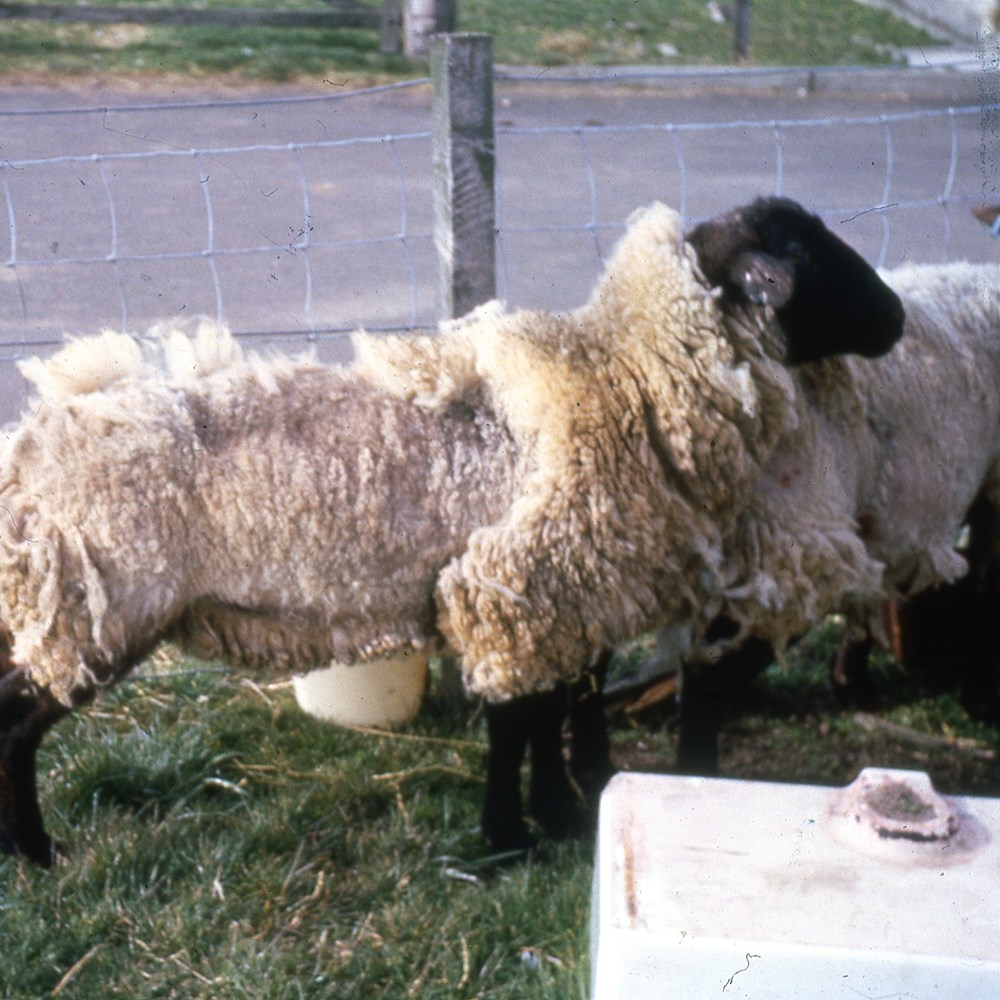
Scrapie monitoring for export
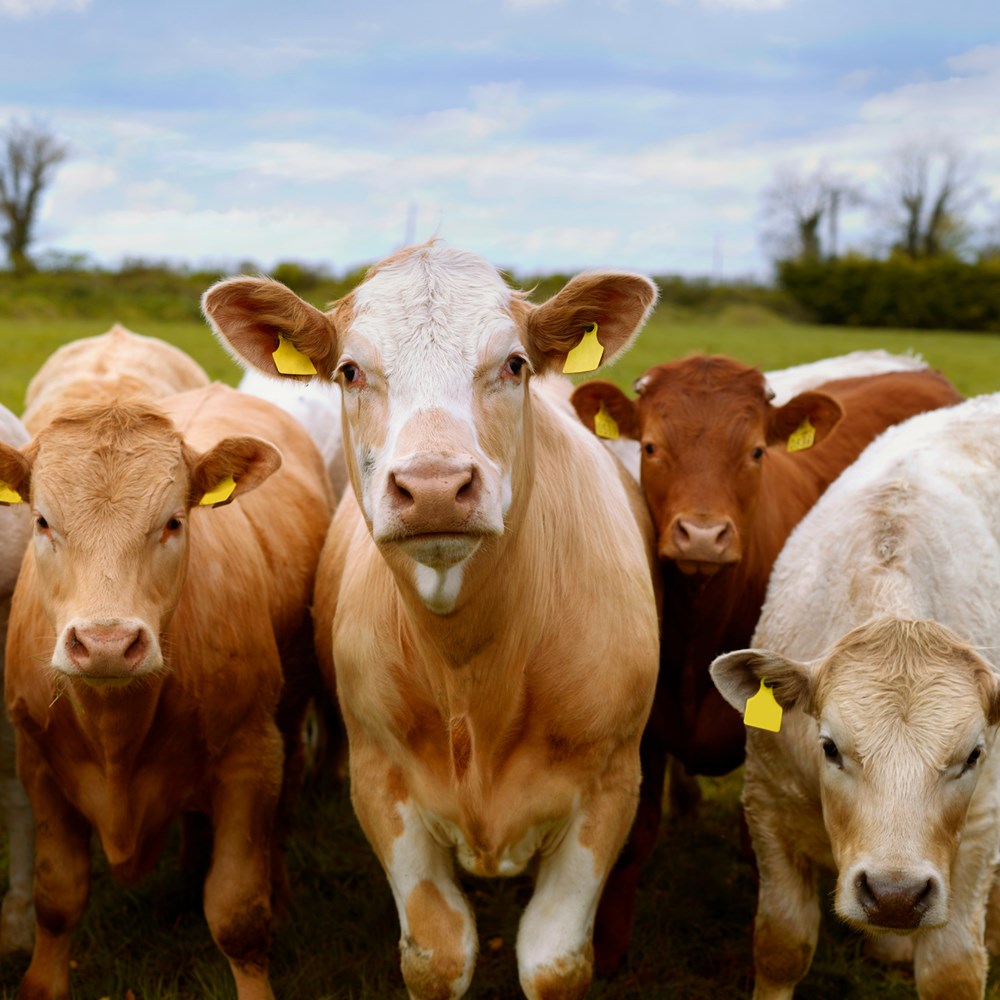
Cattle health schemes
Supporting vets and farmers to control economically important infectious diseases in cattle.

Veterinary diagnostics
High quality testing for livestock, companion animals, farmed poultry, captive species and wildlife.
Find out more about our services

Vet & laboratory services
Our leading experts provide support to clients in areas animal disease, diagnosis and surveillance.
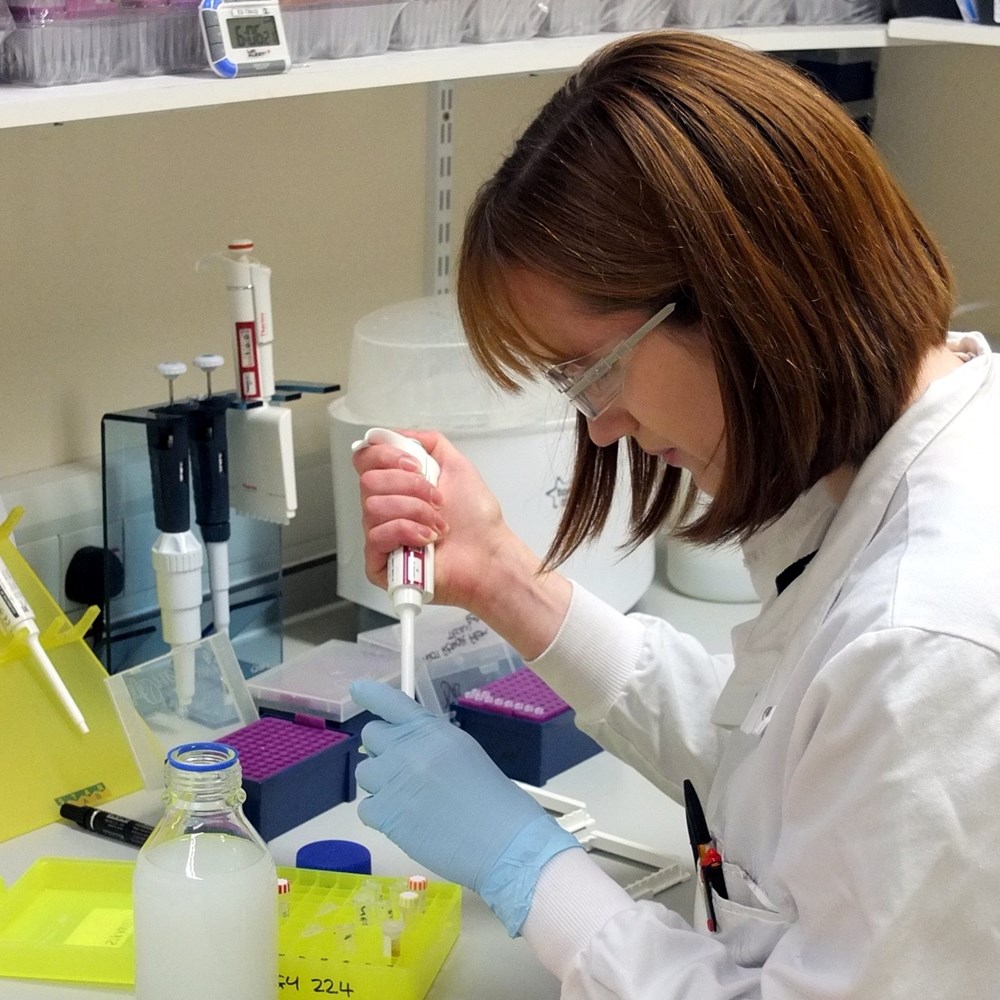
Contact vet & laboratory services
Contact our team and benefit from their experience and expertise.

SAC Consulting
Our consultants in 25 offices across Scotland and northern England turn research into advice and advantage for business and public sector alike.
